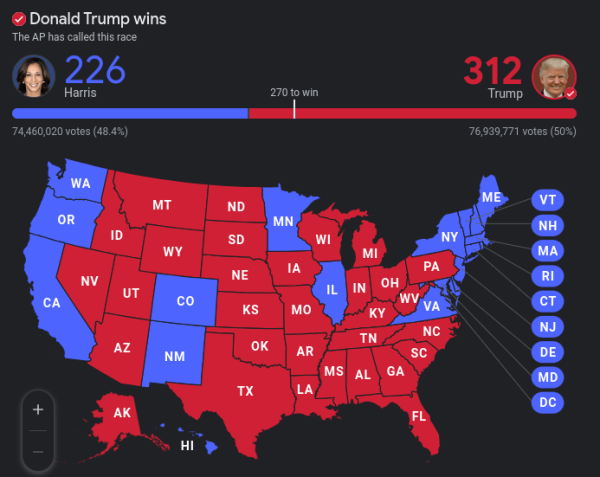Net Neutrality
Photo by geralt
Net neutrality, implemented April 13, 2015, has been repealed by the Federal Communications Commission (FCC) as of December 14, 2017. In short, that means that the internet is no longer free to everyone.
When you get on your computer, a Google search will almost always load just as fast as a local sushi restaurant’s website. At least, that is what you expect. How fast a web page loads depends on how strong your service is, of course, but individual web pages will load at the same speed for the strength of the connection. That is no longer guaranteed.
The regulation of Net Neutrality meant that specific service providers (such as AT&T, Comcast, and Verizon) could not limit the speeds of specific websites or corporations using their services. Everything using their connections would be treated equally on the user’s end.
With the repeal, there are three possible paths for the cellular service industry. Providers could charge companies for “fast lane” internet. Large corporations, such as Amazon, would have no problem finding the money to pay this fee. However, start-up, local, or young companies would not have the finances to pay, which could mean an increase in prices for consumers… or slow, obnoxious internet, which may drive away customers.
A separate path would be plan-specific service. Providers could contract with large corporations for fast service on their network, and none other. If you use Verizon, for example, they could offer a “package” of fast speeds for Etsy, Google, and Netflix. AT&T, on the other hand, could offer fast speeds of Amazon, Pinterest, and YouTube.
Or… nothing could happen. All internet could continue as it was before the repeal of Net Neutrality. Internet providers could, as the FCC says, offer their services indiscriminately, for no extra charge to corporations.
Unfortunately for us consumers, this seems like the least likely path. Comcast had a section on its website dedicated to Net Neutrality. Their website underwent changes April 27th, the day after FCC Chairman Ajit Pai revealed the first draft of his plan to deregulate the internet. The internet’s archive, found at archive.org, shows screen captures of the website before and after. On their Net Neutrality page, three lines of promises disappeared, including a declaration that they would “not prioritize internet traffic or create paid fast-lanes.”
AT&T isn’t innocent, either. At the reveal of the plan to repeal, they joined in the “Internet-Wide Day of Action to Save Net Neutrality”– on July 12, hundreds of thousands of internet users sent petitions to the FCC– which seemed like a step in the right direction. However, they have issued multiple statements contradicting each other, their stance switching almost daily. As of right now, they support the repeal of net neutrality.
Large corporations aren’t stable on their stances, and start-ups are panicking at the very real possibility of being pushed out of internet users’ eyes. We do not know the likelihood of these changes, but some state governments are filing suits against the FCC to prevent any possible changes. State attorneys from Washington, Illinois, Kentucky, Pennsylvania, Delaware, Oregon, Vermont, Massachusetts, and the District of Columbia have all threatened to challenge the ruling. This is a decision with very real consequences for consumers. It’s continuing to evolve daily; the future of our internet is at stake.

Kallie Brown is completely stoked to be back on staff as a senior and Arts & Entertainment Editor....


![Photo Credit; Miller, Kim. “City of Asheville prepares for a weekend of winter weather.” City of Asheville prepares for a weekend of winter weather [Ashville], 10 February 2023, https://www.ashevillenc.gov/news/city-of-asheville-prepares-for-a-weekend-of-winter-weather/. Accessed 06 January 2025.](https://binghamprospector.org/wp-content/uploads/2025/01/Screenshot-2025-01-14-7.54.38-AM.png)

